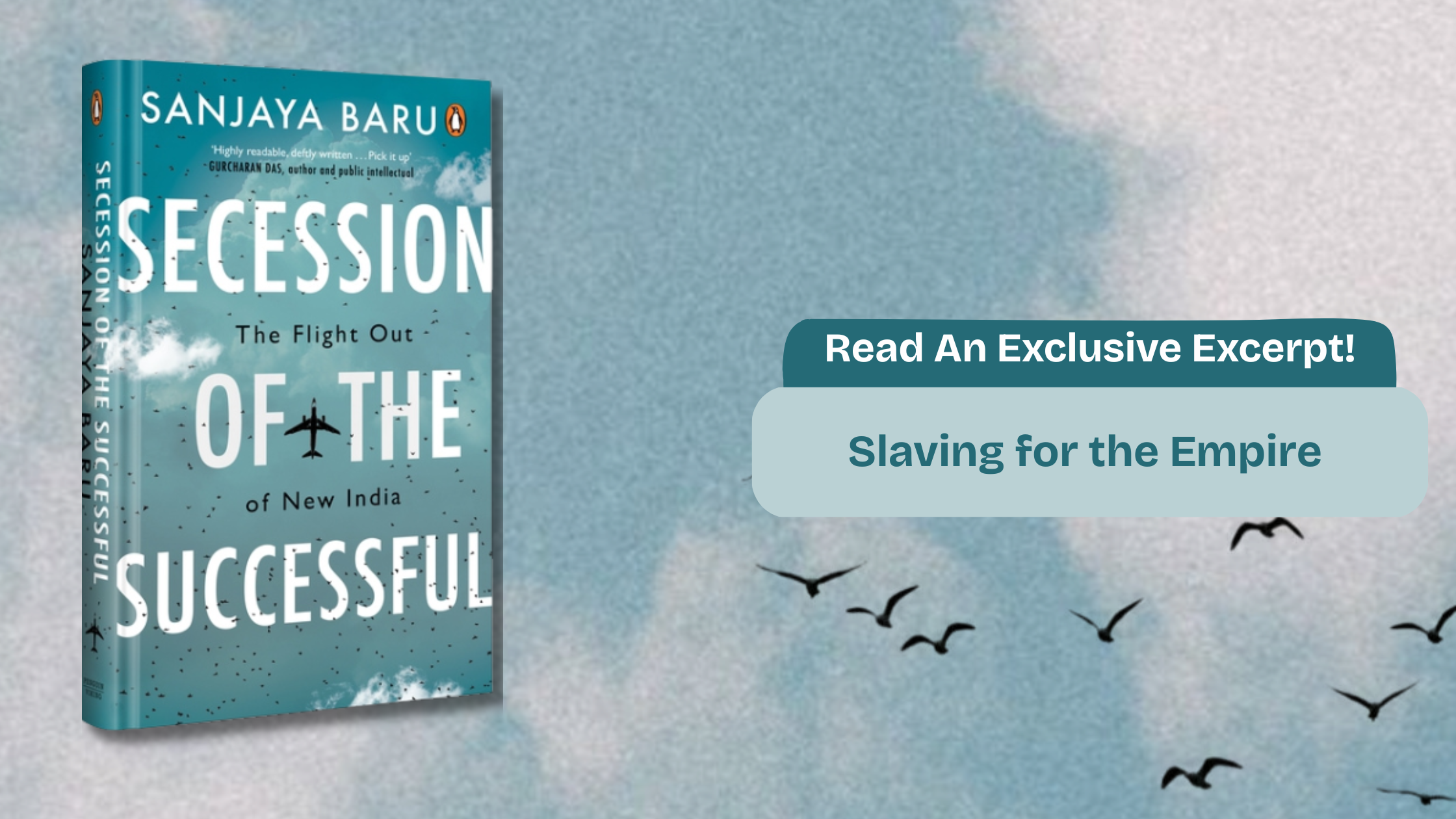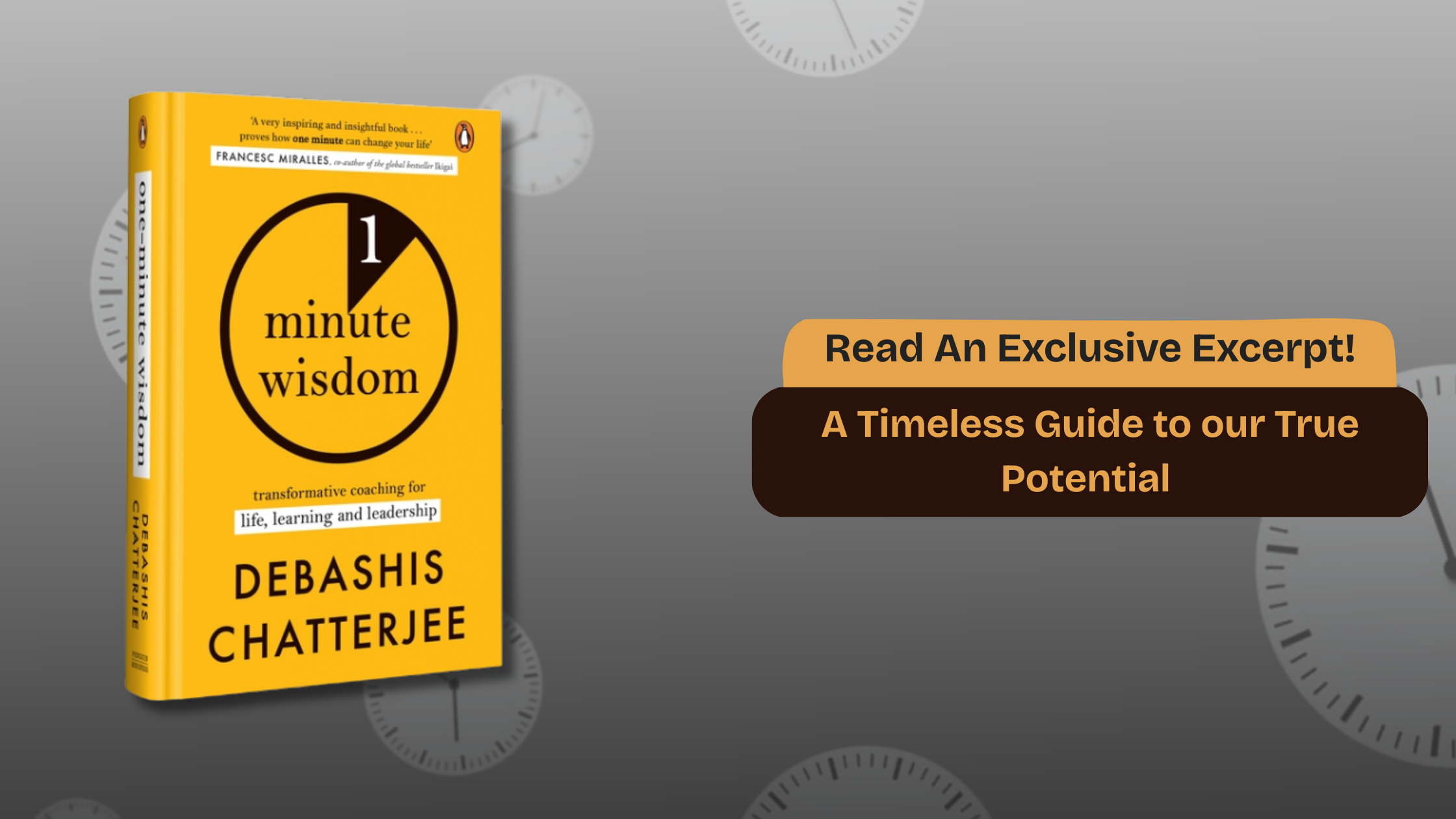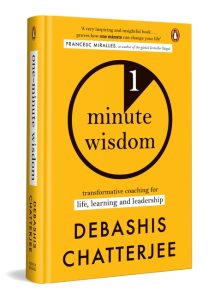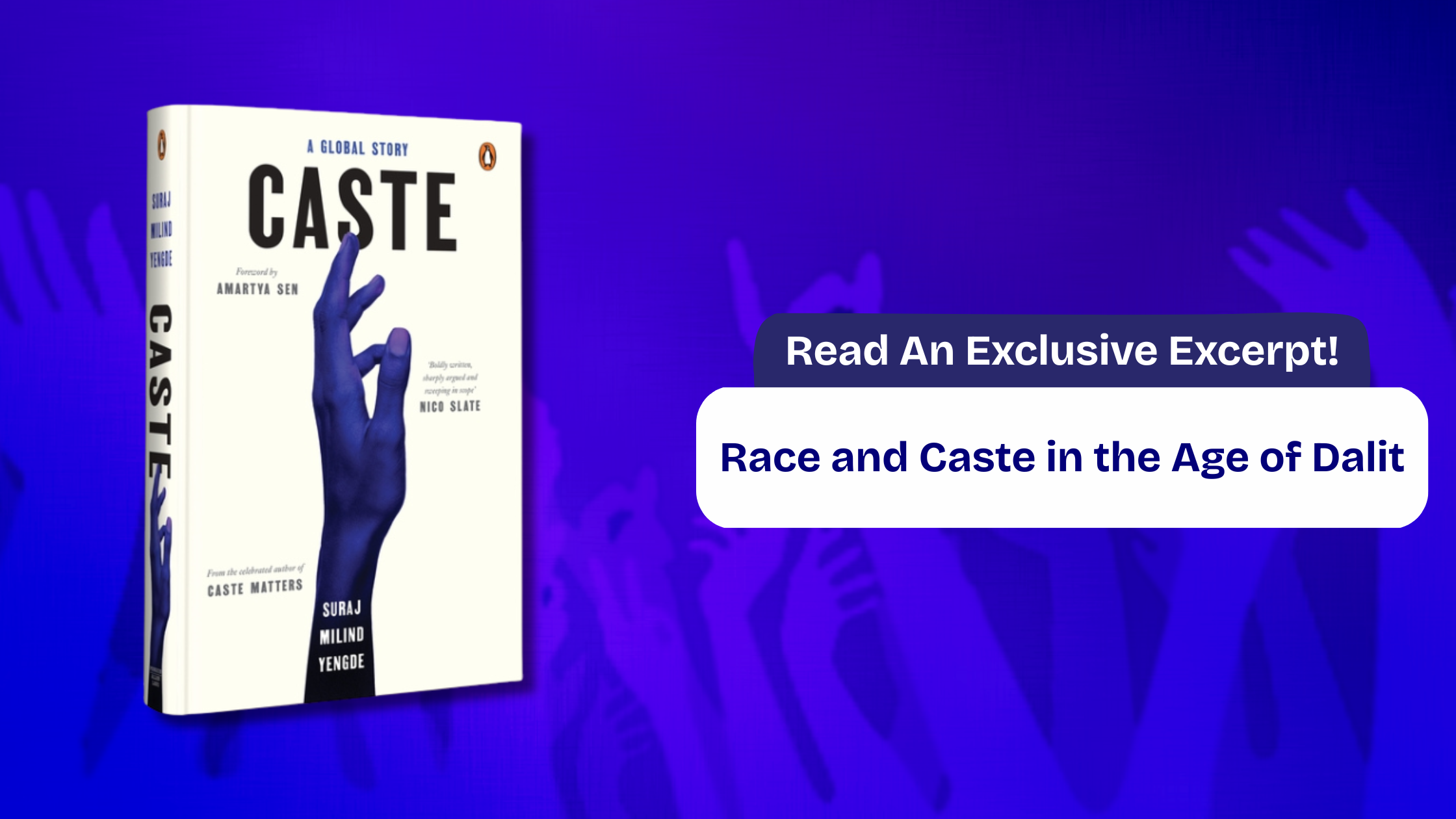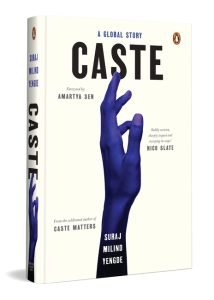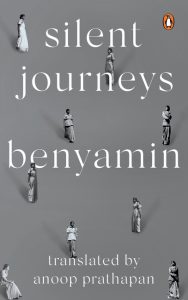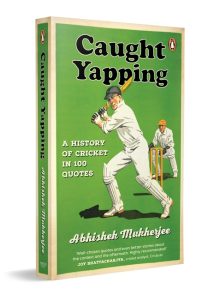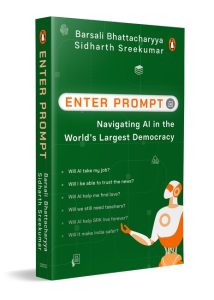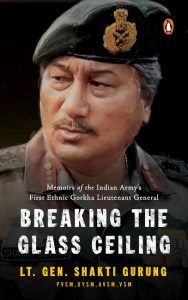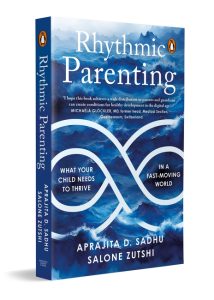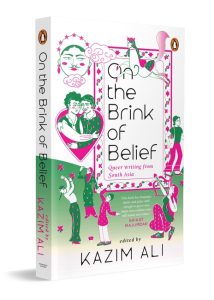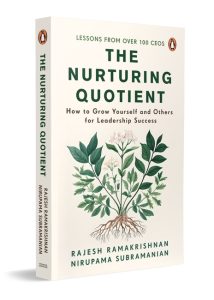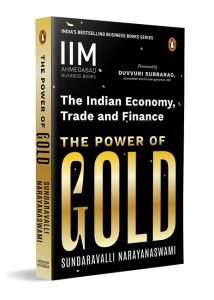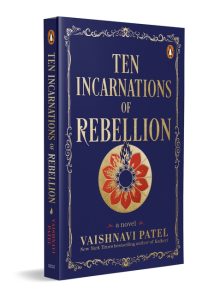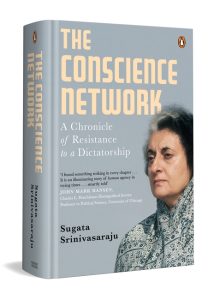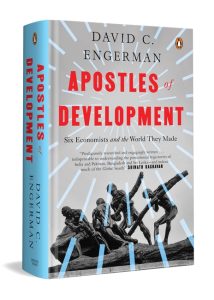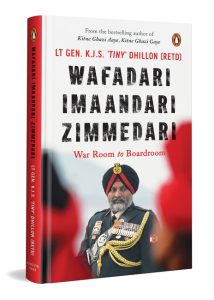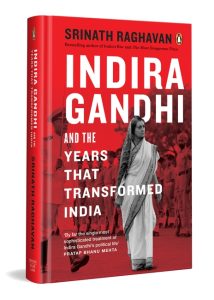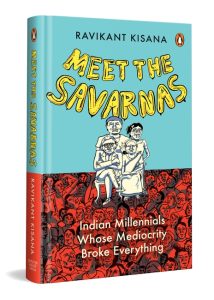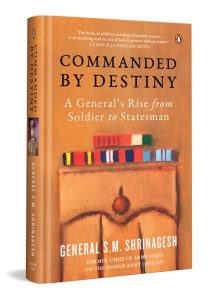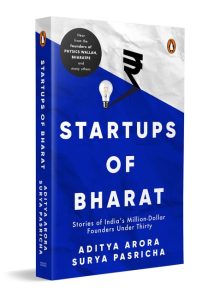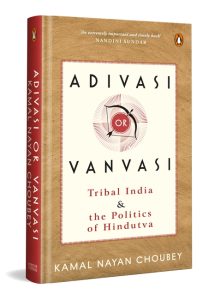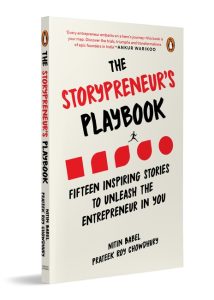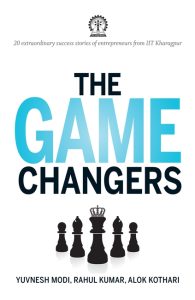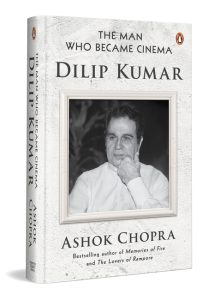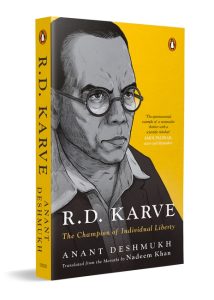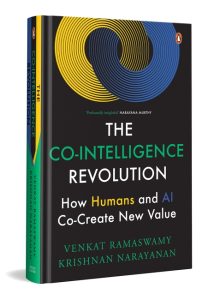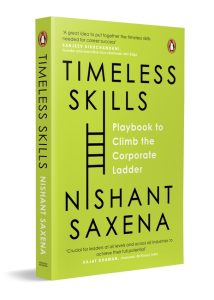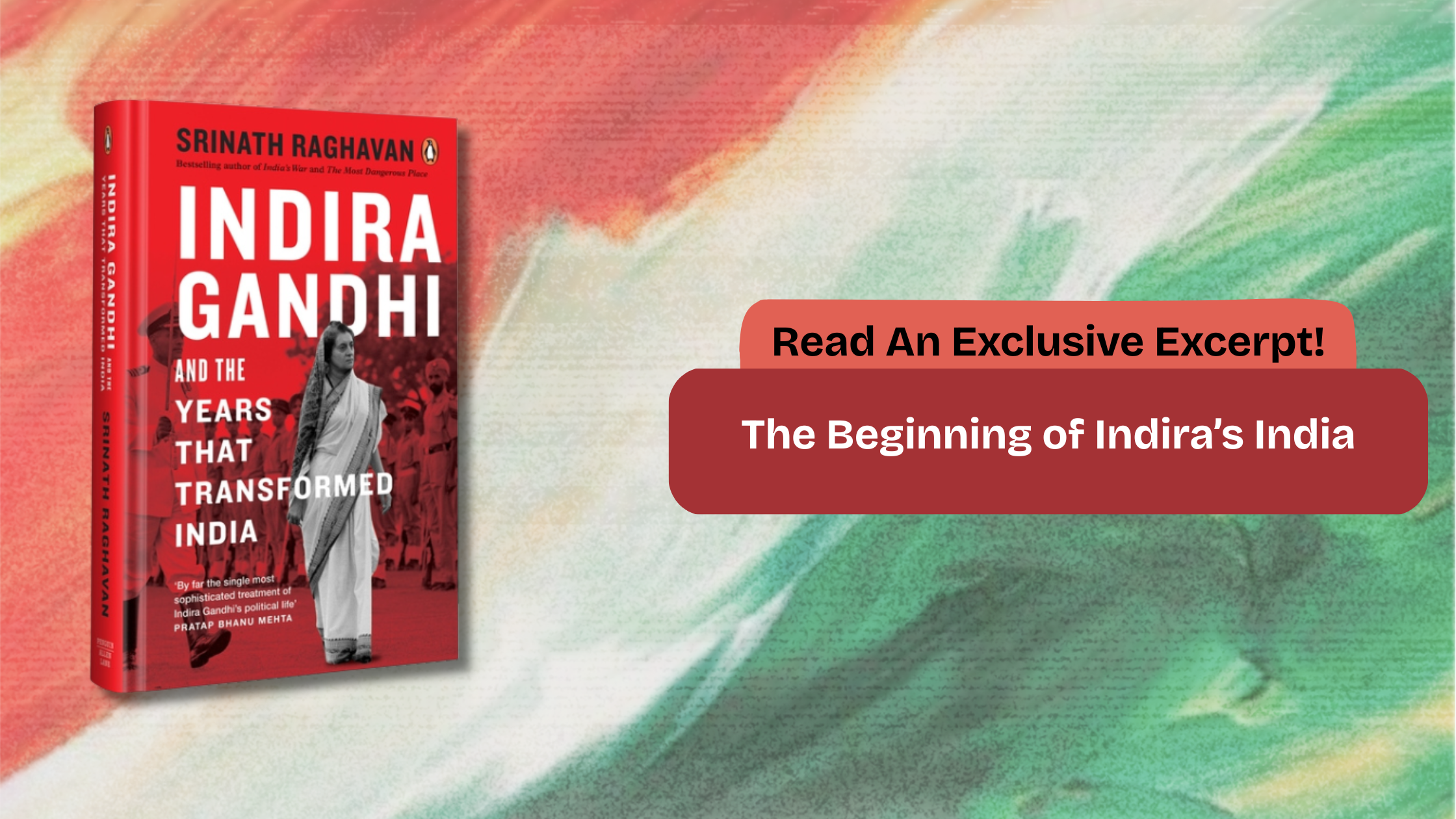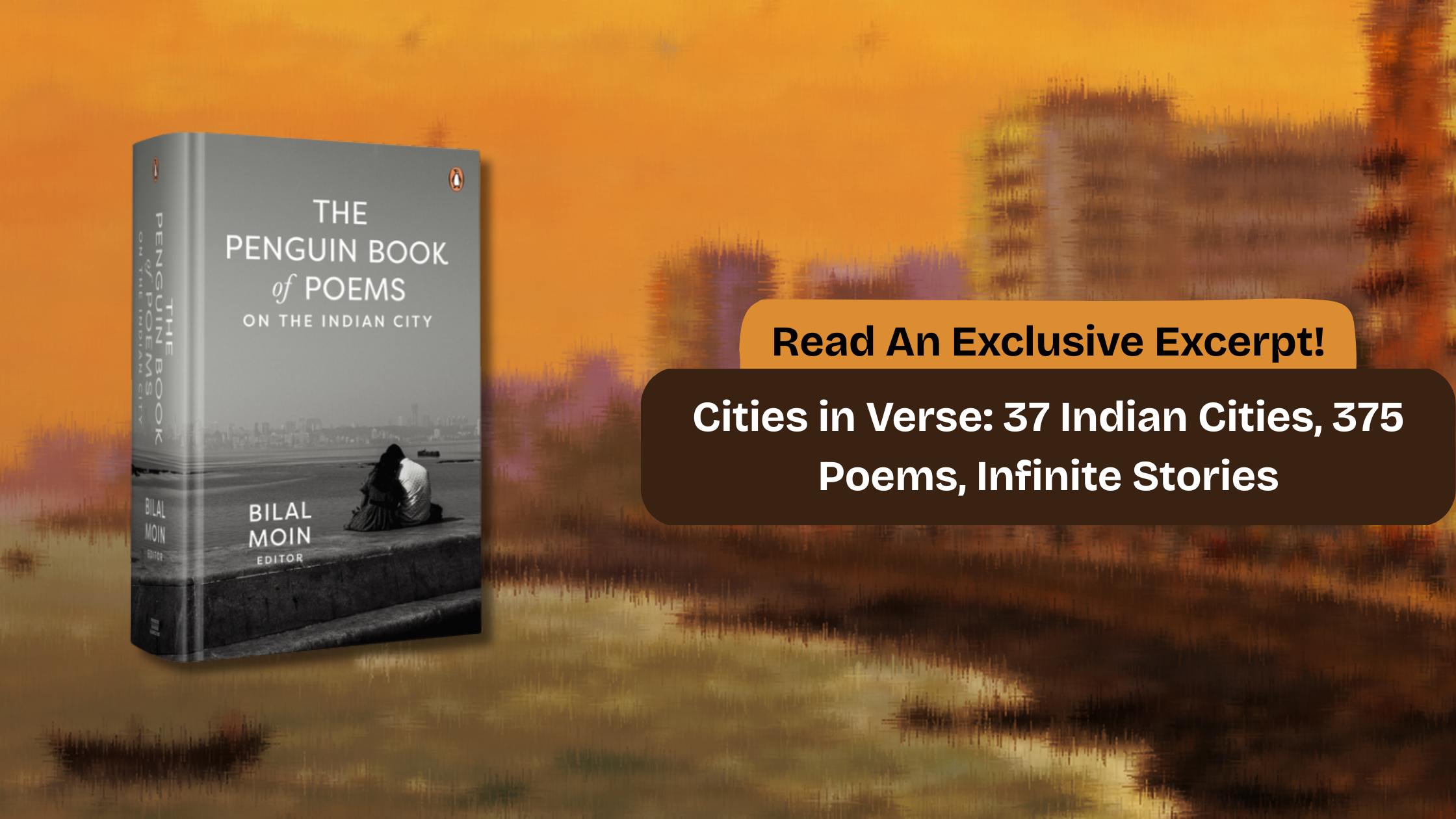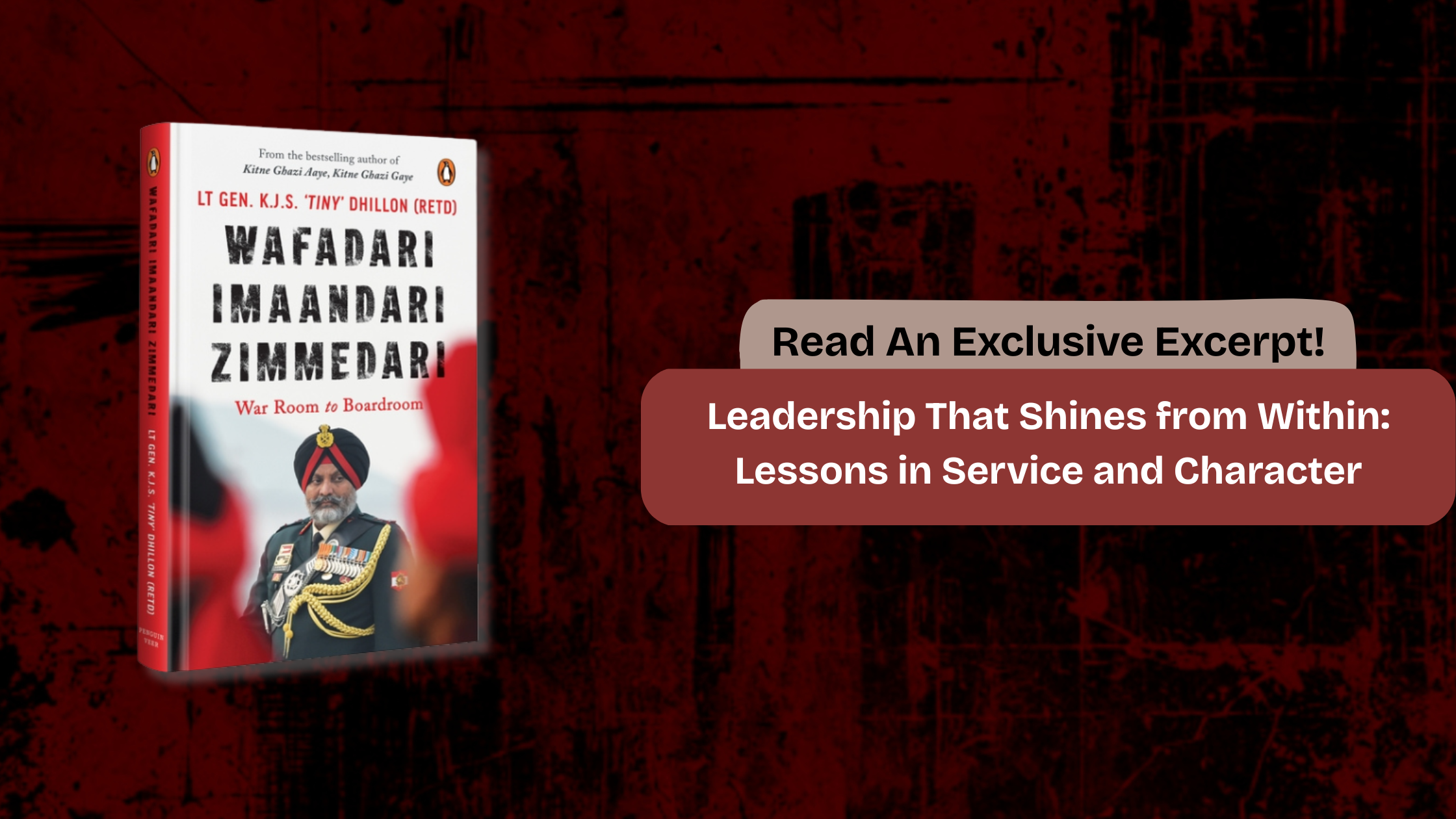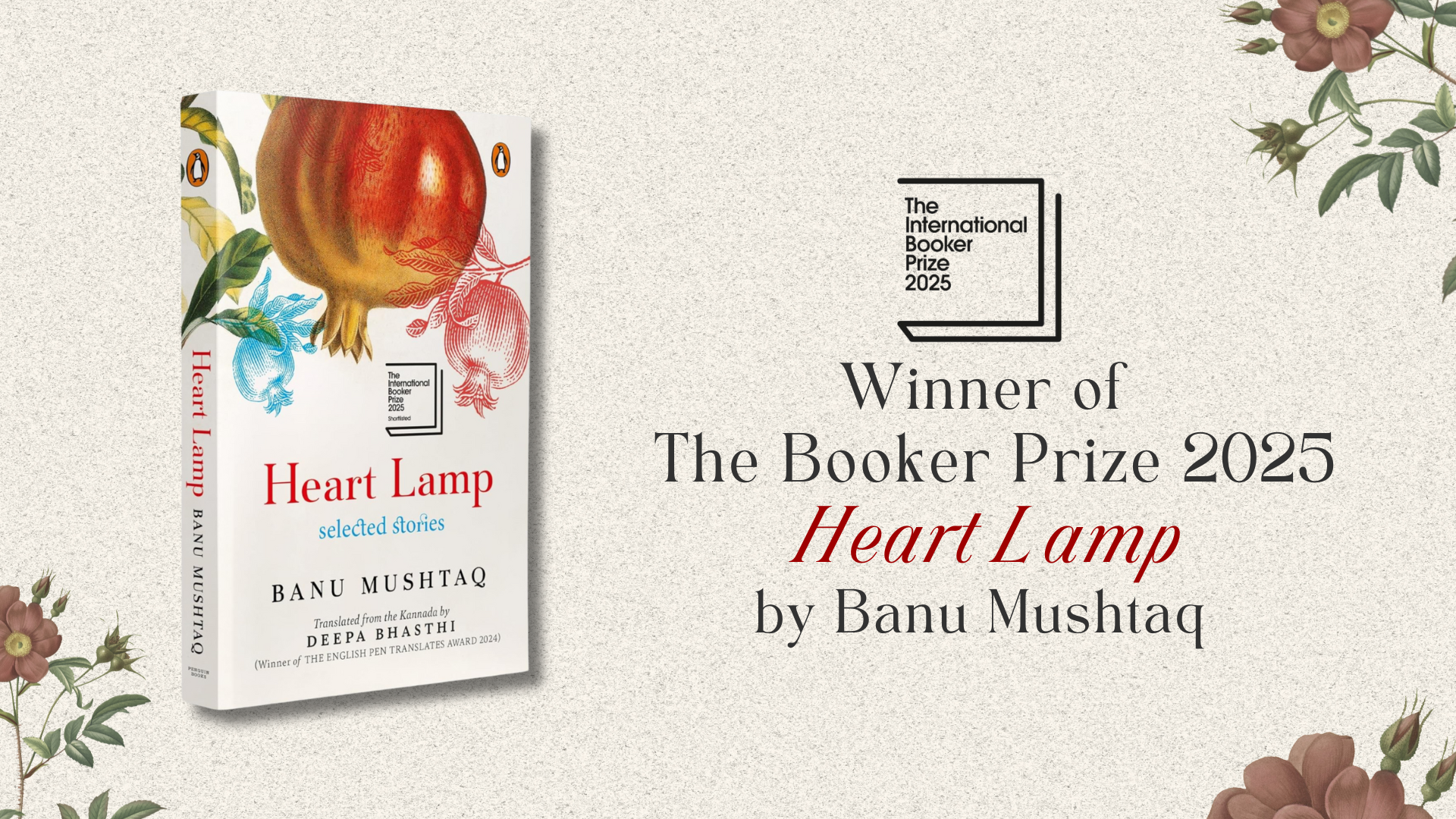Read an exclusive excerpt from Secession of the Successful below!
The Indian diaspora, a heterogenous grouping of people of Indian origin (PIO) settled overseas for more than a generation, and non-resident Indians (NRI) who have emigrated in the post-Independence period, is both a natural phenomenon, arising from the migration of people over centuries, and a creation of recent historical and developmental processes, including European colonialism, global demographic shifts and the emergence of knowledge-based economies. More than half the population of what are referred to as ‘overseas Indians’ or the Indian diaspora, is comprised of PIOs. These are Indian-origin persons who are either descendants of Indian slave labour or of Indian communities settled overseas over along period of time, as traders, teachers or travellers globally spread out, from Fiji in the Pacific, to Mauritius in the Indian Ocean and to the Caribbean in the Atlantic, a large number of PIOs, now constituting over a dozen different nationalities, are the children of Indians exported as slaves or who travelled as managers, doctors, book-keepers and such like, working the plantation economies of the nineteenth century.
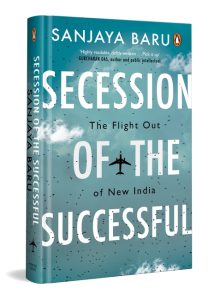
Through the early part of the nineteenth century, the UK and other European nations took half-hearted measures to abolish slavery both at home and in their overseas colonies. These high-minded actions, prompted by domestic political pressures, exerted a squeeze on the supply of labour across colonial territories. Demand for such labour was, however, on the increase across the world. The abolition of slavery and the slave trade placed in jeopardy the plantation businesses of the empire. From sugar to tea, rubber to cinnamon, British and European colonial possessions from the Pacific to the Atlantic and through the territories in between were in need of cheap, sweated labour. European planters and their financiers were all looking for a way to address this demand by ensuring supply. The door, to quote Amitav Ghosh’s character, Mr Burnham, had been shut in London. A window had then to be opened. Fortuitously for the empire and its masters, that window was opened in Calcutta.
Land, and what came with it, was aplenty for the imperial powers of Europe. What they lacked was adequate labour. That too sweated labour. It was this desperate need for captive labour, who could be worked to death on the hot and humid plantations of sugar, rubber and such like, that prompted a search across the plains of northern India. The export of labour from India, of the ‘Asiatick’, to the plantation islands of the British Empire began early in the nineteenth century. Archival records and family histories tell us of such labour export to British and other European colonies dating back to the early 1830s.4 By the late 1830s, reports had already reached India of the ill-treatment of such labour. Following such complaints, the Government of India formulated certain rules and regulations for the export of labour and, in 1837, appointed a ‘Committee to Enquire into the Abuses Alleged to Exist in Exporting from Bengal Hill Coolies and Indian Labourers of Various Classes, to Other Countries’.5 The committee met in Calcutta over a period of six months, from August 1838 till January 1839, recording evidence presented by shipowners involved in carting labour out of the Calcutta port.
This included merchants engaged in the export of labour, port officials and police officers responsible for the management and security of the port, and the likes of a doctor who travelled on such ships, a male labourer and a female attendant accompanying a British couple on a boat to Mauritius. One such labourer, Sheikh Manik, and an attendant, Bibee Zuhoorun, were among the few who returned home and so could be summoned for questioning by the committee. A total of 1061 questions were posed, over a six-month period, to the ten persons who had appeared before the committee. The testimonies of Sheikh Manik, Bibee Zuhoorun and Dr Abdoolah Khan, the medical doctor on board the ship Gaillardon, owned by Boyd & Co. of Calcutta, constituted a clear indictment of the methods used to secure and transport labour and of the conditions of their life and work on plantations in Mauritius. Defending their business interests before thecommittee, Calcutta’s European merchants claimed that Indian labour would not only secure better remuneration overseas but would also have an opportunity to see the world and widen their horizons, liberating themselves from the narrow confines of their insular and wasted lives.
***
Get your copy of Secession of the Successful on Amazon or wherever books are sold.







